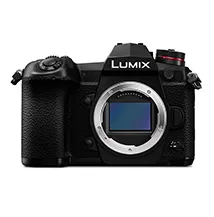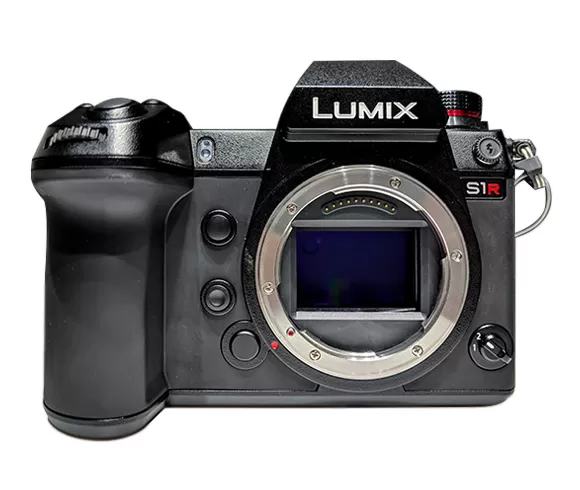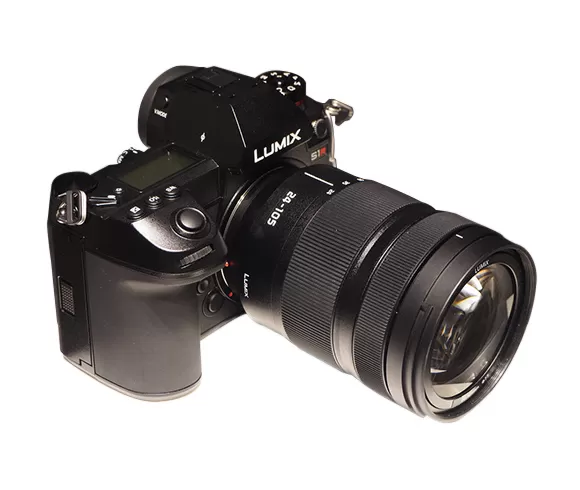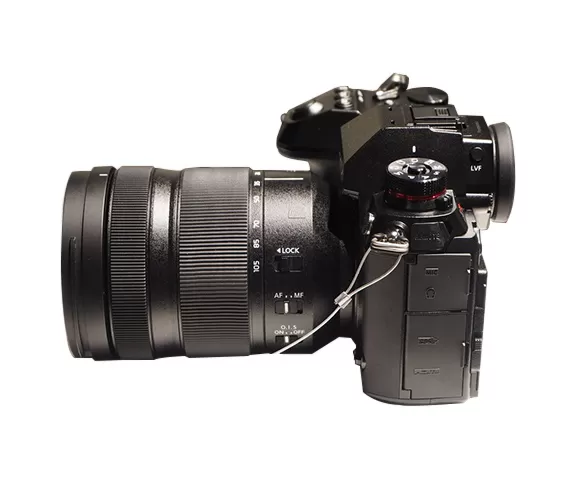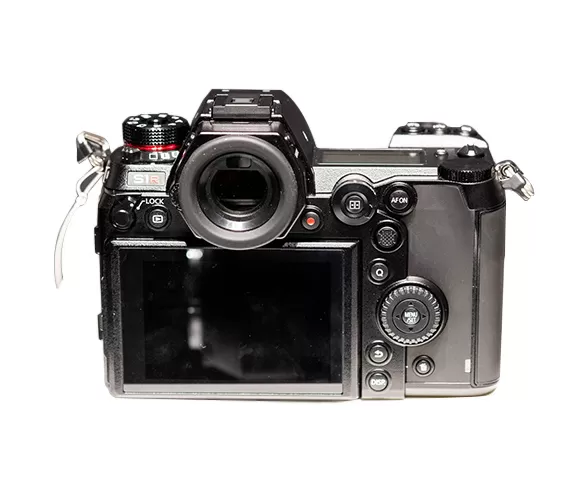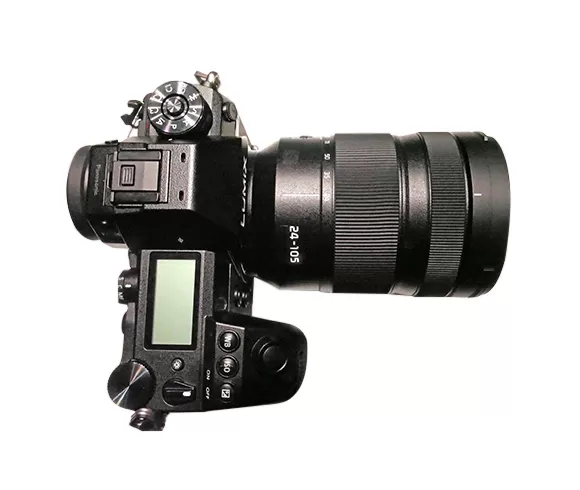About Panasonic Lumix S1R
Panasonic is the latest to try and appeal to full-frame professional shooters looking to go mirrorless. The S1R and the S1, developed to catch both mid-range and pro level shooters with identical bodies that have slightly different specs are expected to drop early next year. At Photokina 2018 photographers were debuted with a bulky and very angular body. As expected with other Lumix models the S1r is just as heavy and bulky as before, with the expected glass to be similarly chunky. As of now the specifications are only speculated as asides from the impressive video capabilities and supposedly the “Fastest autofocus system on an interchangeable lens body available” Panasonic is keeping everything tightly wrapped. The S1R uses a lot of the previous G9 model design with a few additions like a concave shutter button, improved bigger sensor, and upgraded card slots to appeal to professionals who many not have been interested in their previous micro four thirds offerings. It’s also much larger than the G9 but still keeps the same look and feel.
Features – Panasonic Lumix S1R
- 47MPX full frame 35mm sensor
- Dual card slots for QX and 2 SD slots
- Tilting and angle LED screen for hip shooting (angles not released yet) which is touch sensitive
- M,S, A, P, iA, C1, C2, C3 and video modes in addition to secondary adjustments for each using the same control.
- Headphone, microphone, HDMI outputs
- No on-board flash but there is a hot-shoe for attachment.
- Faux leather textured finish.
- Gasket protected for dirt and moisture (not weather sealed but close)
- Setting lock switch on the right of the body.
What’s New
- Venus Engine image processor
- 40k60P video
- Estimated 200k shutter life.
- Uses proprietary S lenses but Sigma and Leica will be producing models.
- Full frame 35mm sensor replacing Panasonic’s previous micro four thirds preference for their mirrorless bodies.
- A speculated improved battery that is at least 2400mAh for “all weekend shooting”
- Fastest autofocus on an interchangeable body, though Panasonic has yet to release the specs for exactly how fast.
- An almost perfect optical viewfinder.
- Low temperature resistance.
- Deep Learning Autofocus system
Who Should Buy
The Panasonic Lumix S1R is squarely aimed at professionals. The larger sensor and the bulky body will appeal to those who are used to a larger DSLR body. For those who are interested in the S1R buy maybe don’t need quite the capabilities the S1 model has 24 MPX and an identical body. The issue is going to be the lenses. While the use of the Leica L lens mount has an appeal currently there will only be 3 lenses released once it comes out. This limits its release even though there will be 10 lenses in the line -up released by 2020. For those gearheads the Lumix will definitely be a disappointment in comparison to a bigger brand like Canon. Panasonic isn’t known for their gear and while their four thirds bodies may appeal to many enthusiasts there isn’t much to tempt them to switching up for this full frame but the jury is still out on the actual performance.
How to Use – Get, Set, and Click
- 1Power the camera on. The power switch is located on the right behind the shutter.
- 2Set the Mode dial to the preferred mode, set the secondary dial if desired.
- 3Rotate the Sub-command dial to set the desired f-stop. Currently the lenses do not have manual rings for F-stops so this must be done in camera.
- 4Set the lens and camera to autofocus mode.
- 5Set the Focus mode to AF-S and set the AF-area mode to Single Point.
- 6Set the Focus mode to AF-S and set the AF-area mode to Single Point.
- 7Press and hold the shutter button halfway down.
- 8Press the shutter button down the rest of the way to take the shot.
Must-Have Accessories for
PANASONIC LUMIX S1R
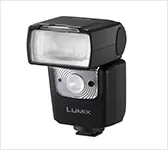
- Hot shoe mounted TTL Flash
- Tilts from –7 through 90 degrees.
- Used for indoor and low light photography
- Used by anyone who wants to adapt difficult lighting situations. The S1R does not have an on-board flash so this is an essential.
- TBD estimated $299
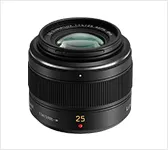
- 50mm prime lens with a wide 1.4 aperture
- Key feature
- Used for low light, astrophotography, portraiture, and one of the most versatile primes because of the great bokeh from the low aperture.
- Mostly used by enthusiasts. The 50mm appeal isn’t wide enough for portrait professionals looking for a 35mm but as the only prime released so far it is a “take it or leave it”
- TBD estimated $800-4000+
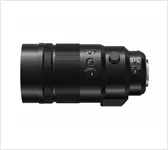
- Telephoto 70-200mm zoom lens
- Long range zoom
- Used for landscape and distance photography.
- Mostly used by what landscape artists and enthusiasts. Without knowing for sure the f/2.8 aperture it’s debatable if it will appeal to professionals.
- TBD estimated $1000-5000+
Similar Products to Watch Out For
-
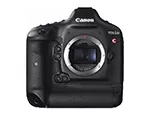 CANONEOS-1D C
CANONEOS-1D C -
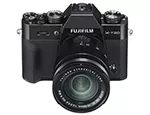 FUJIFILM X-T20
FUJIFILM X-T20 -
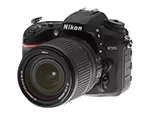 NIKON D7200
NIKON D7200 -
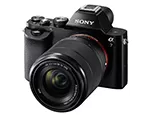 SONY ALPHA A7
SONY ALPHA A7
Final Thoughts

